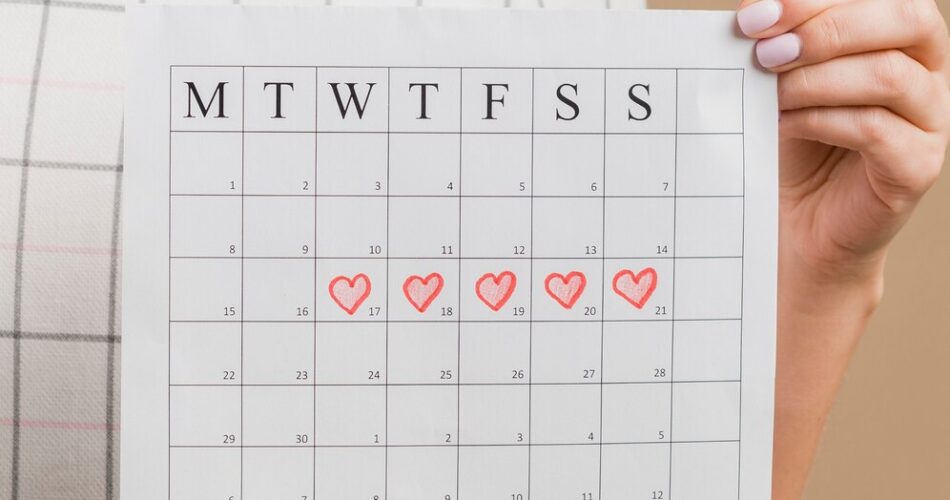- Fertility – What It Is
- Fertility and its characteristics
- Fertility Levels
- Fertility Window and Ovulation – What Are the Differences
- When Conception is Possible
- When the Fertile Window May Open
- Signs of Ovulation
- How to Determine the Fertile Phase – Methods
- Cervical two-day and symptothermal methods
- Factors Affecting Fertility
- How to Conceive During the Fertile Period
Each month, a woman’s ability to conceive exists for a relatively short period. This is called the fertility window, and knowing about it is important not only for those who wish to become mothers soon but also for those who are not planning a pregnancy yet. Experts assert that a woman is capable of conceiving for only six days during the entire menstrual cycle. The fertility window ‘opens’ in a woman’s body on the day of ovulation or up to five days before its onset – it is during this time that a woman can conceive.
Predicting the date of the fertile window and ovulation can be challenging if the cycle is irregular, but the regular signals sent by a woman’s body can help identify the period when she is able to conceive. The days that can result in pregnancy upon intercourse are just 6 for each woman, regardless of the cycle length.
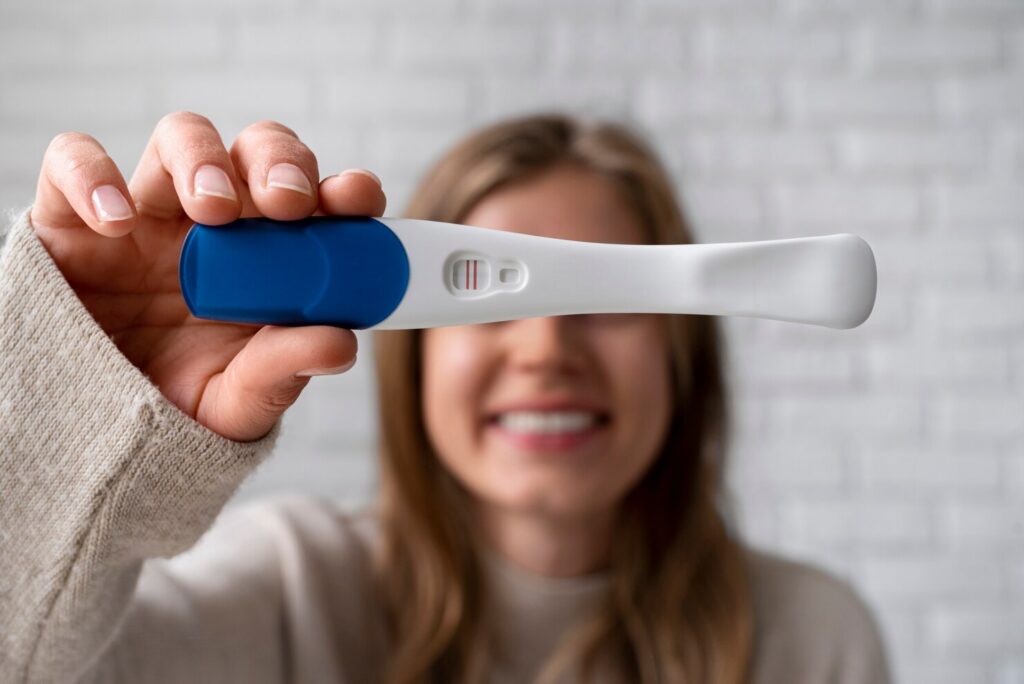
Fertility – What It Is
To explain what the fertility window is, it is first necessary to understand the term “fertility.” It is of Latin origin. It translates
“fertilis” as “fruitful, fertile.” This concept is used to determine the body’s ability to reproduce. In relation to a woman, it refers to her ability to conceive, carry, and give birth to a child.
At birth, a woman’s body has several million eggs, which are formed during fetal development. Their number decreases to 400,000 by adolescence without the possibility of renewal, unlike sperm in men. After the onset of puberty and the start of menstruation
the eggs mature, and ovulation occurs once a month. Female fertility is directly linked to ovulations, which occur with the establishment of a regular menstrual cycle and end during the climacteric period.
Fertility and its characteristics
Women’s fertility varies in duration because the onset and end of menstruation have quite broad timeframes among different women. Therefore, the number of fertility windows during this period also varies. For these windows to occur, a woman must be of fertile age, which is determined by her having menstrual cycles.
However, these are not the only factors determining whether a woman is fertile. Other criteria for the ability to conceive include the ability to:
- ovulate, meaning the maturation of an egg without which fertilization is not possible;
- carry a pregnancy to term – depends on the hormonal balance of a woman’s body;
- give birth independently.
Fertility windows exist in the early, middle, and late stages, during each of which a woman demonstrates varying ability to handle all three tasks without problems.
Fertility Levels
It is well known that fertility consists of three components – the ability to conceive, carry, and give birth to a child. Based on this, a woman’s level of reproductivity is divided into three levels – high, normal, and low. A level is considered high if there is the ability to conceive and give birth to children several times in succession with minimal interruption. Pregnancy may occur, for example, during menstruation or while breastfeeding.
A normal level of fertility is indicated when a woman’s calendar is stable, she becomes pregnant without medical assistance, carries the fetus without hormonal stimulation, and gives birth independently. It is considered low if, out of the three components of the process, the woman can accomplish only two. For example, she is capable of conceiving, but is unable to give birth to the child independently.
Fertility Window and Ovulation – What Are the Differences
As it has become clear, fertility is the ability of a woman to conceive and give birth, a sign of the health of her hormonal and reproductive systems. Their proper functioning is the key to achieving pregnancy; otherwise, there is a risk of infertility or miscarriage. The foundation of good fertility is the occurrence of ovulation. It is at this moment that the egg is released, ready for fertilization; without ovulation, the fertility window does not open, and there are no preconditions for conceiving a baby.
However, the onset of ovulation is impossible without a balance of sex hormones and overall good women’s health. In such cases, even if ovulation has occurred, it does not necessarily mean that the fertility window is open and the woman will conceive. This is why fertility and ovulation cannot be equated. Its presence does not guarantee conception at 100%, as the entire reproductive system must function correctly for this to happen.
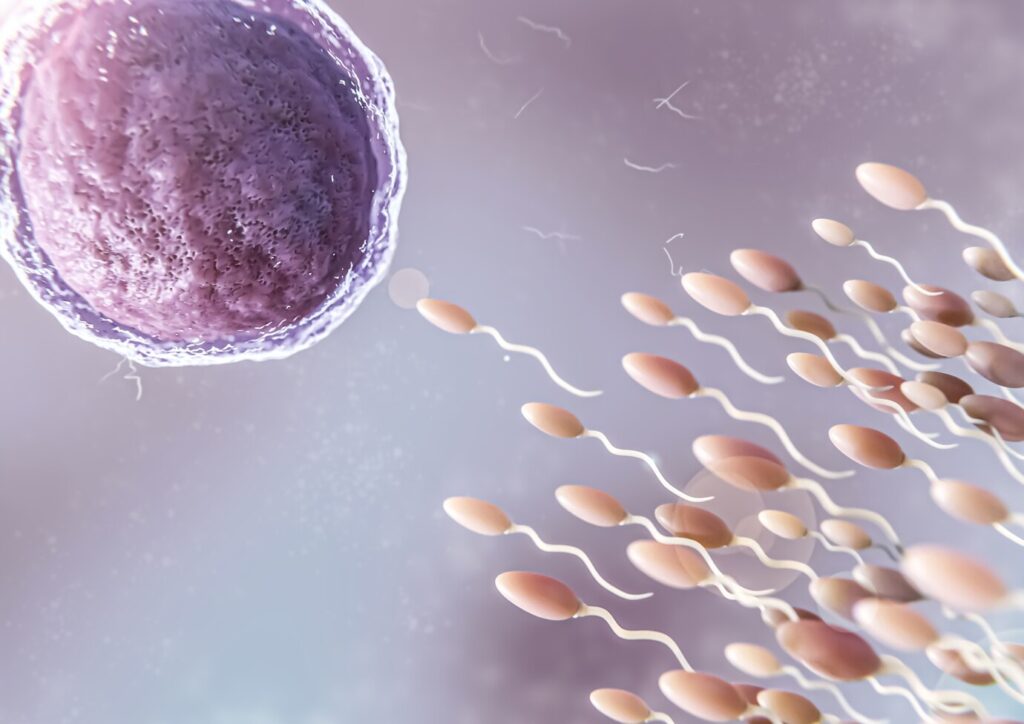
When Conception is Possible
The period when conception is possible is determined by the release of an egg from the ovary. This usually occurs about 2 weeks before the onset of menstruation. The lifespan of an egg released by one of the ovaries into the fallopian tube is 24 hours, while sperm typically survive for an average of 5 days after ejaculation.
Therefore, during the fertile window, a woman retains the ability to become pregnant not only on the day of ovulation but also for up to 5 days after intercourse, as surviving sperm can fertilize during this time. If a couple plans to have a child and wants to conceive as quickly as possible, they should utilize the fertile window in the woman’s calendar, as the ability to conceive sharply increases during ovulatory days.
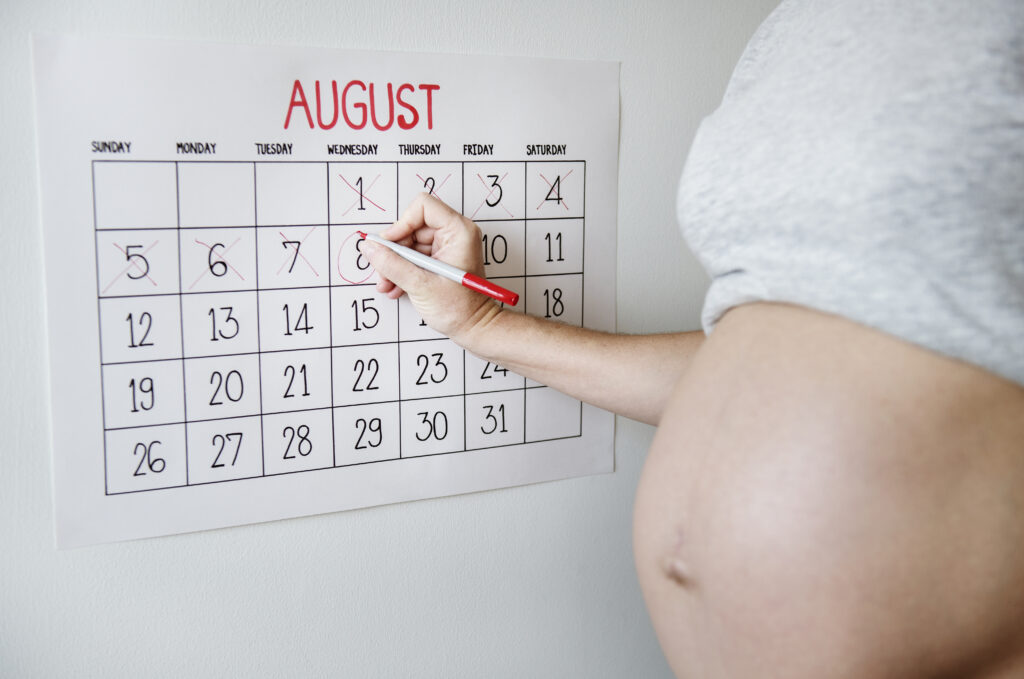
When the Fertile Window May Open
The approximate time of ovulation is usually considered to be the middle of the menstrual cycle. This means that if there is a precise period between menstruations, calculating this time will be straightforward. However, even for the same woman, the timing of the fertile window can significantly vary depending on changes in the time interval between the start of menstruation.
Ideally, if a woman’s menstrual cycle is always 28 days, ovulation should occur on the 14th day from the start of the previous period. However, in reality, any external factors such as malnutrition or stress can significantly affect the timing of ovulation. Therefore, when determining its onset, it’s also worthwhile to pay attention to the symptoms of the fertile window.
Signs of Ovulation
The release of the egg from the ovary and the subsequent opening of the fertile window are usually accompanied by characteristic manifestations:
- increased sweating from underarms;
- spasms or pulling pain on one side of the abdomen;
- increased sexual desire;
- a drop followed by a sharp rise in basal temperature;
- good mood and burst of energy;
- swelling of the mammary glands, increased sensitivity.
Changes in the nature of vaginal mucus are also a clear sign of ovulation and the opening of the fertility window.
Discharge becomes externally similar to egg white, clear, stretchy, but less frequent. Occasionally, slight bloody discharge is possible. If there is a lot of such discharge, it is necessary to consult a doctor immediately – a similar symptom may indicate the presence of diseases.
How to Determine the Fertile Phase – Methods
Very few women with regular cycles have no problems determining their fertile window. For most, making an accurate ovulation prediction is much more challenging. Specialists offer different methods for this.
Among the most popular and effective:
- Basal temperature measurement – at the moment an egg is released from the ovary, basal temperature rises by 0.5 °C. Such a minor fluctuation can be noticed by measuring the temperature rectally every day immediately after waking, without leaving the bed;
- Calendar method – requires keeping a female calendar to determine the average duration of the menstrual period and calculate the luteal phase, which usually lasts 2 weeks. A woman’s body is most capable of conception on the 13th-18th day before the start of the period. For a 29-day cycle, the fertility window opens from the 11th to the 17th day.
Cervical two-day and symptothermal methods
The cervical method is based on the secretion of mucus by the female organs and changes in its consistency throughout the cycle. Its nature is a precursor to the upcoming ovulation. A few days after menstruation, cervical mucus becomes cloudy and thick. Before ovulation, it becomes elastic, watery, and clear, with increased secretion. Those who use this method to determine the fertility window should refrain from using sprays and creams for intimate hygiene, as well as douching.
The comprehensive or symptothermal method combines several techniques for determining the fertility window — calendar, basal temperature measurement, and cervical mucus assessment. Therefore, the data it provides are the most reliable and accurate.
When the basal temperature rises and the mucus becomes elastic, watery, and clear — these are definite signs of ovulation and the fertility window.
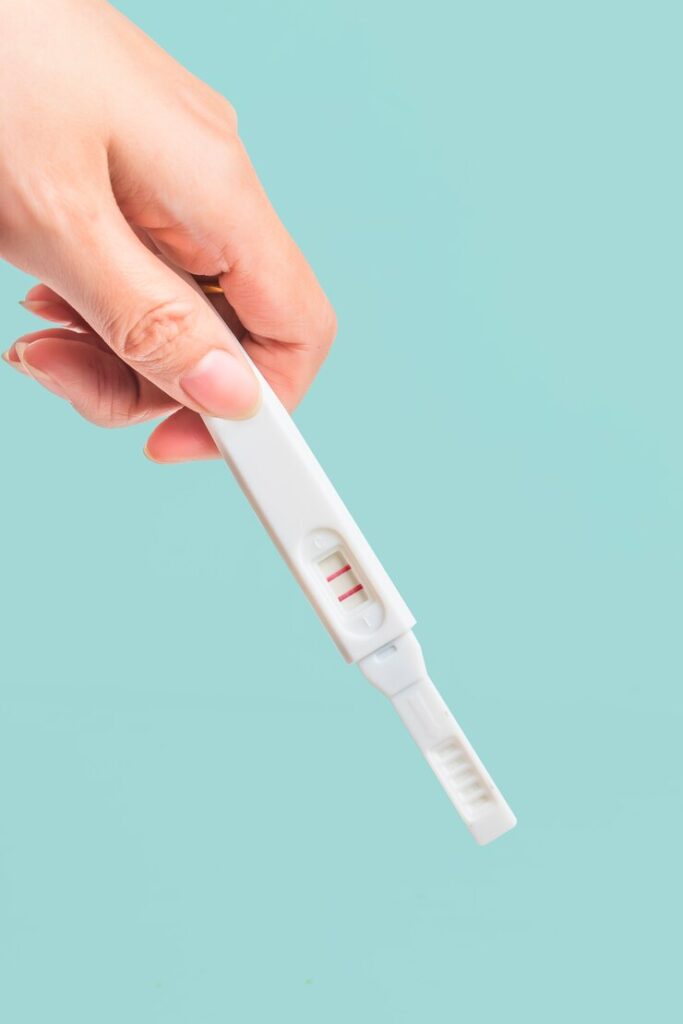
Factors Affecting Fertility
Good fertility depends on many factors. The complex mechanism known as the “reproductive system” can malfunction under various circumstances, making it difficult to conceive a child.
Factors that determine the quality of fertility and make it possible to open the fertility window include:
- Healthy reproductive organs — absence of cysts, inflammatory processes, tumors;
- Patency of the fallopian tubes, without which fertilization is impossible;
- Balance of hormones and regular menstrual cycle, indicating the readiness of the female body to conceive a baby;
- A healthy uterus in which the fetus will develop.
Overall health is also important, as any illness can affect fertility. Metabolic disorders, anovulation, thyroid dysfunction, hyperplasia and hypoplasia of the endometrium, and endometriosis are most critical in this case.
How to Conceive During the Fertile Period
In addition to all the methods described, an ovulation test and ultrasound can help establish the fertile window. Once the most suitable time for conception is determined, you can proceed with the plan.
But to achieve the desired result, in addition to regular sexual activity and increasing its frequency during the fertile window, certain rules should be followed:
- Reduce physical activities if they have been excessive;
- Give up bad habits – quit smoking, consuming alcohol;
- Limit the amount of coffee consumed;
- remove the ‘dominance of anxiety’ and activate the ‘dominance of motherhood’;
- change the diet;
- eat fully and regularly.
Couples who have decided to become parents will greatly benefit from a comprehensive approach that includes accurately determining the fertility window and following behavioral guidelines for women during this period.


Download the app and get 7 days free use
 eng
eng rus
rus deu
deu spa
spa fra
fra ita
ita por
por srp
srp tur
tur ukr
ukr por
por bos
bos